The slight love affair of the design team at crow with the ‘kurta’ silhouette, is something that seems to grow more with each passing year. The varied possibilities of the kurta silhouette, without affecting the comfort,ease and utility of the garment is something that constantly inspires to create everlasting details on the brilliantly minimal silhouette of a kurta.
The word kurta is a borrowing from Urdu, Hindustani, originally from either Sanskrit kuratu/kurtaka or Persian (literally, "a collarless shirt").It was first used in English in the 20th century. In addition to that, the hippie movement during the 1960’s and 1970’s also gave this tunic dress immense popularity as people wore these loose and comfortable pieces as reflecting their laid back and carefree attitude.
The high comfort factor is what makes the Kurta a form of clothing loved by all. The Kurta is a versatile piece of clothing that can be made in order to adapt to any season or occasion.
THE ORIGINAL
It can be loose or tight in the torso, typically falling either just above or somewhere below the knees of the wearer.The front and back of a traditional kurta are made of rectangular pieces, and its side-seams are left open at the bottom, up to varying lengths, to enable ease of movement A traditional kurta is composed of rectangular fabric pieces with perhaps a few gusset inserts, and is cut so as to leave no waste fabric.

The sleeves of a traditional kurta fall to the wrist without narrowing, the ends hemmed but not cuffed; the kurta can be worn by both men and women; it is traditionally collarless, though standing collars are increasingly popular; and it can be worn over ordinary pajamas, loose shalwars, churidars, or less traditionally over jeans.
Buttons used in the designing are mostly wooden or plastic. Kurtas are good for comfortable dressing and are great for both formal and casual occasions. Kurtas are typically fastened with tasselled ties, cloth balls, and loops, or buttons. Buttons are often wood or plastic. Kurtas worn on formal occasions might feature decorative metal buttons, which are not sewn to the fabric, but, like cufflinks, are fastened into the cloth when needed. Such buttons can be decorated with jewels, enameling, and other traditional jewelers' techniques.

A traditional kurta does not have a collar. Modern variants may feature stand-up collars of the type known to tailors and seamstresses as "mandarin" collars. These are the same sort of collars seen on achkans, sherwanis, and Nehru jackets.
The kurta usually opens in the front; some styles, however, button at the shoulder seam. The front opening is often a hemmed slit in the fabric, tied or buttoned at the top; some kurtas, however, have plackets rather than slits. The opening may be centered on the chest, or positioned off center.
THE FABRIC
Kurtas worn in the summer months are usually made of thin silk or cotton fabrics; winter season kurtas are made of thicker fabric such as wool or silk", a thick, coarse, handspun and handwoven silk that may be mixed with other fibers. A very common fabric for the kurta pajama is linen, or a linen-cotton mix ideal for both summers and winters.
The choice of fabric at crow, for the kurtas has been mostly hand-woven organic cotton, at times or naturally dyed handwoven fine cotton to keep the essence of the garment alive, with a certain sense of familiarity and present day and relevance.
KURTA – PAN INDIA
Regional styles include the Bhopali, Hyderabadi, Lucknowi and straight-cut kurtas. The Bhopali kurta is a loose kurta with pleats at the waist, flowing like a skirt reaching midway between the knees and the ankles.It is worn with a straight pajama.
The Hyderabadi kurta is named after the former royal state of Hyderabad and is a short top which sits around the waist, with a keyhole neck opening. It was popular with the local royal households. Traditionally, the Hyderabadi kurta was of white material, but modern versions can be of any colour. Over the kurta, some versions have net material, the combination of which is called jaali karga, worn by men and women.
The traditional Lucknowi kurta can either be short or long, using as much as 12 yards of cloth. The traditional Lucknowi kurta styles have an overlapping panel.However, the term "Lucknowi kurta" now applies to the straight-cut kurta embroidered using local Chikan embroidery.

Another style is the kali or kalidar kurta which is similar to a frock and has many panels. The kalidar kurta is made up of several geometrical pieces. It has two rectangular central panels in the back and the front. The kali kurta is worn by men and women. It is also called as the Kali or the Kalidar Kurta that was inspired by the ghagraor lehenga style. It has rectangular panels on both the sides and several pieces are stitched together to give it a unique look, which is like a frock.
The straight-cut traditional kurta is known as a panjabi in Bangladesh, West Bengal and Assam. Local embroidery designs give a regional outlook to the traditional kurta. In Assam, the Punjabi is worn with a scarf (Gamosa) using local prints.
AT CROW
The kurta at crow has received a lot of love and appreciation from it’s customers globally. The little yet impactful design details, with slight changes in the silhouette or the fit, made it easy to pave it’s own way into the wardrobes.
The approach towards the Kurta at crow, is fresh and unique. While the lines between kurta and the tunic blur at our studio, the result is something that is easy to wear for a comfortable day at home or at busy work day, while you continue to make an impact, in the most sustainable and subtle ways. Check out more interesting shapes and silhouettes under the ‘tunics’ on our web-shop.

